The biggest part of your bill comes from how much gas or electricity you use. At Valda Energy, we charge for each unit (a kilowatt hour or kWh).
But there’s more to your pricing than just the cost of energy. A large portion of your pricing is made up of wholesale energy costs. Other parts include the costs of running and maintaining the energy network, government policies aimed at reaching net zero, and support for vulnerable customers.
Network costs: These costs are set by regional companies that maintain and upgrade the energy network. We pay them to ensure energy reaches your home smoothly.
Wholesale costs: We buy gas and electricity from the wholesale market, where prices are affected by global supply and demand, much like petrol. This means the cost of energy can go up or down based on what’s happening around the world. We try to keep our fixed-rate tariffs as low as possible for our customers by purchasing energy in advance at the best rates we can find.
Operating costs: These are the everyday costs of running your energy account, like sending bills and managing meters. We’re always looking for ways to reduce these, such as investing in new systems and apps to make managing your energy easier online. Part of operating costs also includes a small margin for profit, which helps us continue to improve services and invest in new technologies to better serve our customers.
Third-Party Intermediary Costs: These costs come from working with third-party intermediaries (also known as brokers), like price comparison websites or brokers, who help customers find the best energy deals. Brokers make commissions for helping customers connect with suppliers. This fee is part of the overall cost of providing energy, but we work to keep it as low as possible.
Environmental costs: Environmental costs cover the investment in cleaner, greener energy. This includes supporting renewable energy projects and meeting government targets to reduce carbon emissions. These costs also help fund initiatives like energy efficiency programs and schemes aimed at reducing the environmental impact of energy production and consumption.
Metering costs: These are the costs of managing and maintaining your gas and electricity meters. This includes everything from reading traditional meters to installing and maintaining smart meters, which help you track your energy usage more easily. We’re always working to improve metering services and make them more efficient for you.
*Tax isn’t included in your pricing, but it is included on your bill depending on your tax rate
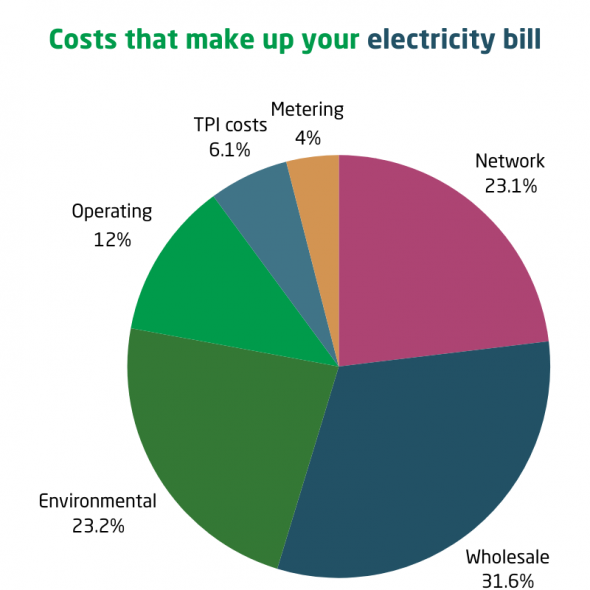
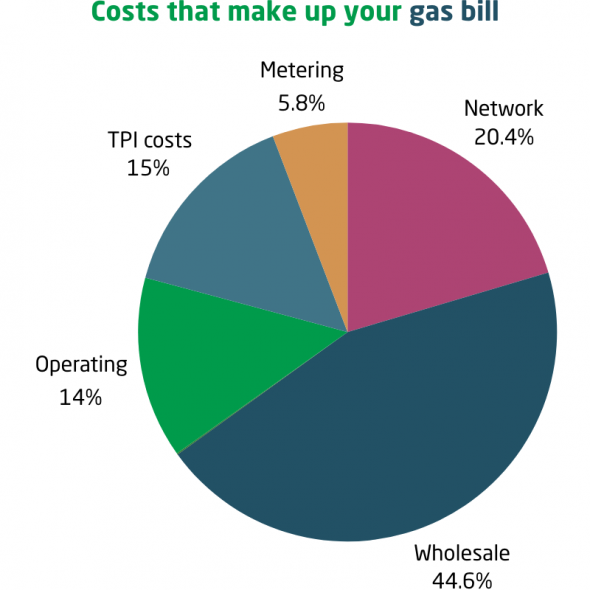
You’ll notice two main charges on your gas and electric bill:
Unit rate: This is what you’re charged for every kilowatt hour (kWh) of gas or electricity you use. The rate can either be fixed or variable, depending on your contract with your energy supplier.
Standing charge: This is a set daily fee you pay in addition to the unit rate, regardless of how much energy you use. It covers things like maintaining your meter, the pipes and cables that bring energy to your home, and keeping you connected to the network. It’s like paying line rental but for your energy supply.
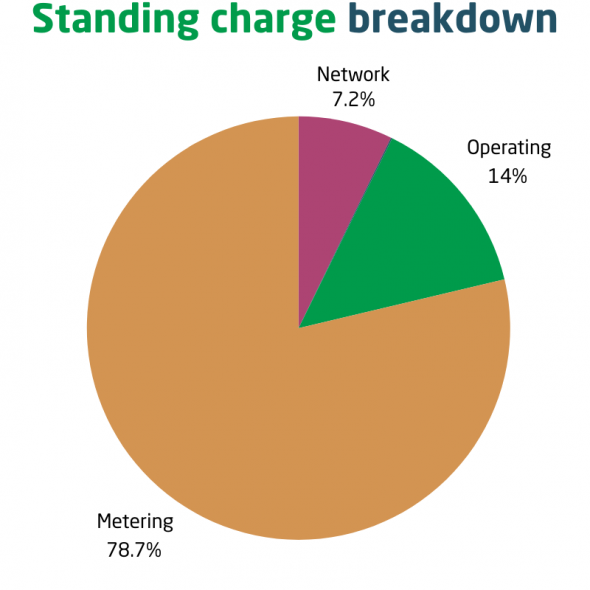

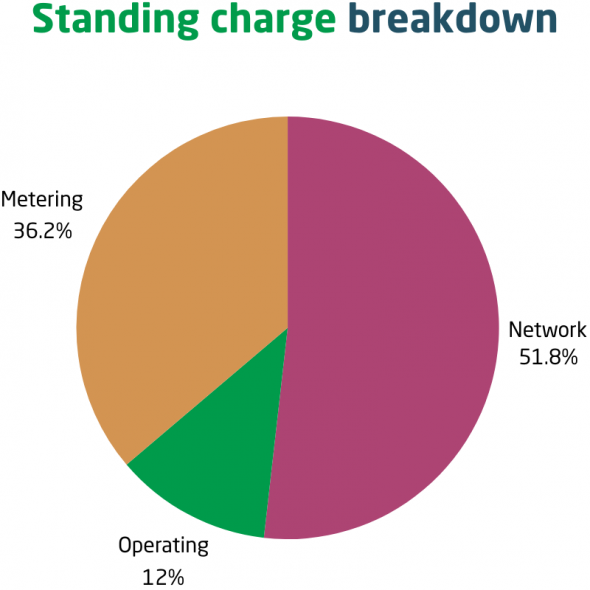
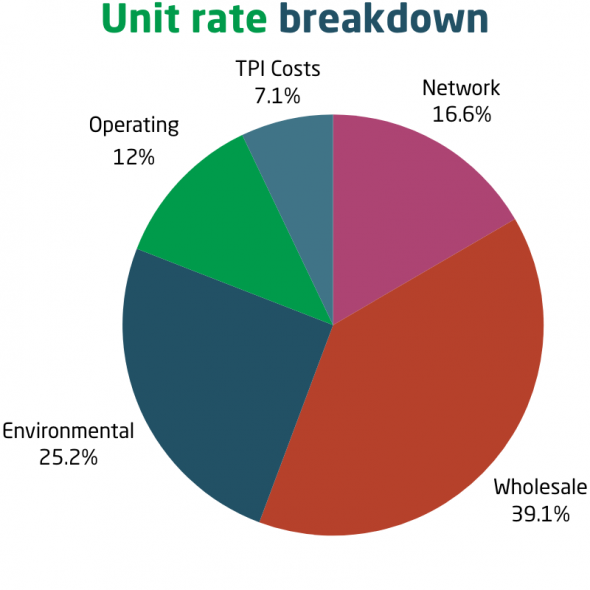
Ofgem: The Office of Gas and Electricity Markets is a UK government regulator for the electricity and gas markets.